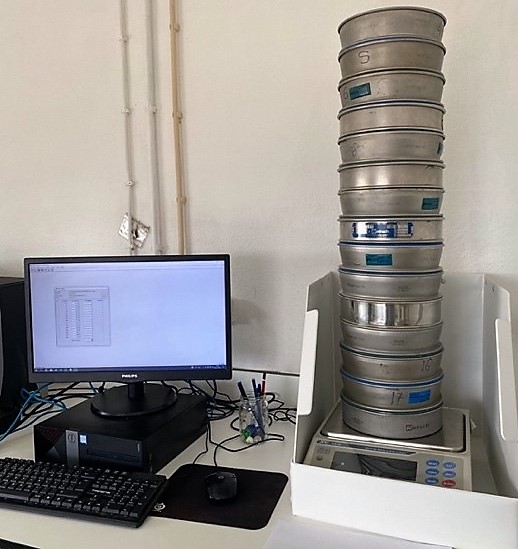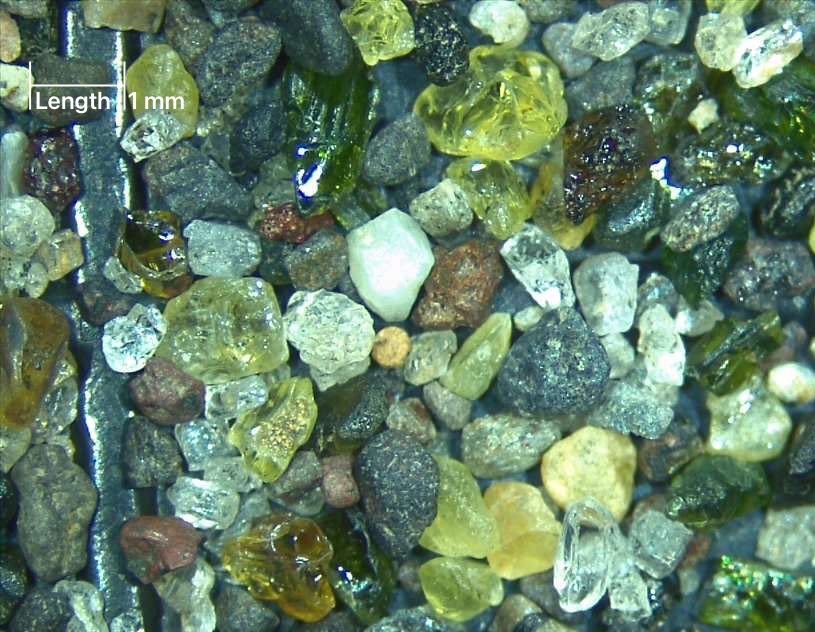Mariana’s internship took place at IPMA’s Research Vessels and Ocean Observatories Group between October and December 2022, under the guidance of Dr. Tanya Silveira and Dr. Mafalda Carapuço, within the activities and objectives of IPMA’s project “EDUCOAST – A research station in coastal geosciences for the promotion of nature-based education” funded by the EEA Grants Blue Growth Program. Mariana did part of her work at IPMA’s Experimental Molusciculture Station in Tavira, under the guidance of Dr. Teresa Drago and Dr. Jacqueline Santos, taking advantage of the excellent laboratory conditions of one of the poles of the “Laboratory of Geological Oceanography (GOLD)” funded by the National Roadmap of Research Infrastructures of Strategic Interest (RNIE) under the EMSO-PT project – European Multidisciplinary Observatory of the Seabed and Water Column (Portugal). The internship also had the support of Dr. João Cascalho, from the Department of Geology, Faculty of Sciences, University of Lisbon, where the compositional analysis of the sediments was done.
The internship aimed at characterizing the sediments of 12 beaches of São Miguel island in the Azores archipelago, with different characteristics, geomorphologic contexts and exposure to waves, contributing to a better knowledge of the sedimentary environments of the island beaches. The textural and compositional analysis of 27 samples collected from the beach face, berm and dune at various locations (profiles) of each beach was carried out.
The sediments correspond to medium to coarse sands, in most cases well sorted, and composed mostly of lithoclast and plagioclase grains. The sediments of the beaches associated with streams and river mouths are generally coarser. The greater proximity to the source of sediments from the river network may justify this pattern. NNIO continues to collaborate with the School of Technology of the Polytechnic Institute of Setúbal, promoting the conciliation of knowledge through teaching in IPS and training in the professional environment of IPMA, and congratulates Mariana for the completion of the Internship and Degree.


